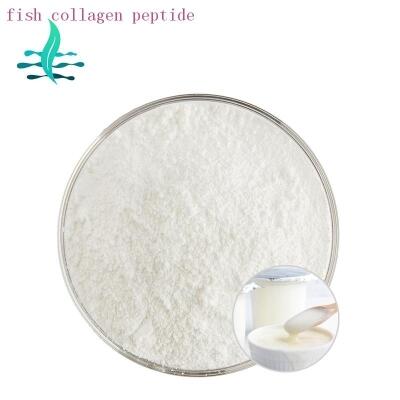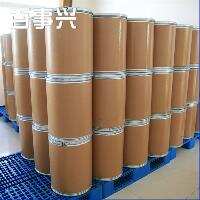-
Categories
-
Pharmaceutical Intermediates
-
Active Pharmaceutical Ingredients
-
Food Additives
- Industrial Coatings
- Agrochemicals
- Dyes and Pigments
- Surfactant
- Flavors and Fragrances
- Chemical Reagents
- Catalyst and Auxiliary
- Natural Products
- Inorganic Chemistry
-
Organic Chemistry
-
Biochemical Engineering
- Analytical Chemistry
-
Cosmetic Ingredient
- Water Treatment Chemical
-
Pharmaceutical Intermediates
Promotion
ECHEMI Mall
Wholesale
Weekly Price
Exhibition
News
-
Trade Service
γ-Aminobutyric acid (GABA) is an important intermediate in the chemical industry and is widely used in the production of pharmaceuticals, food additives, and other products.
GABA can be synthesized through several different routes, each with its own advantages and disadvantages.
This article will discuss three synthetic routes to GABA: the traditional method, the biotechnological method, and the industrial method.
Traditional Synthetic Route:
The traditional synthetic route to GABA involves the reaction of para-aminobenzoic acid (PABA) with sodium hydroxide to form GABA.
This method is relatively simple and has been widely used for many years.
However, it has several disadvantages, including the use of PABA, which is a known human carcinogen, and the production of hydrogen cyanide as a byproduct.
Biotechnological Synthetic Route:
In recent years, a biotechnological route to GABA has been developed that uses bacteria to convert glutamic acid into GABA.
This method has several advantages over the traditional method, including the use of a natural and non-toxic starting material, the absence of hazardous byproducts, and the reduced energy consumption required for the reaction.
This method is also more environmentally friendly, as it does not produce waste that requires special disposal.
Industrial Synthetic Route:
The industrial synthetic route to GABA involves the reaction of ammonia and acrylonitrile to form GABA.
This method is more efficient than the traditional method and has a higher yield of product.
However, it also has some disadvantages, including the use of hazardous chemicals and the production of toxic byproducts.
Advantages and Disadvantages of Each Route:
The traditional synthetic route to GABA has been widely used for many years and is relatively simple.
However, it has several disadvantages, including the use of a known human carcinogen and the production of hazardous byproducts.
The biotechnological route to GABA is more environmentally friendly and does not produce waste that requires special disposal.
However, it is less efficient and has a lower yield of product than the traditional method.
The industrial synthetic route to GABA is more efficient and has a higher yield of product, but it involves the use of hazardous chemicals and the production of toxic byproducts.
Overall, the choice of synthetic route to GABA will depend on the specific needs of the manufacturing process and the priorities of the company.
Companies that prioritize environmental sustainability and the safety of their workers may opt for the biotechnological route, while those that prioritize efficiency and product yield may opt for the industrial route.
Regardless of the route chosen, it is important to consider the potential risks and benefits and to ensure that all chemicals are handled and disposed of properly to minimize the impact on the environment and human health.







